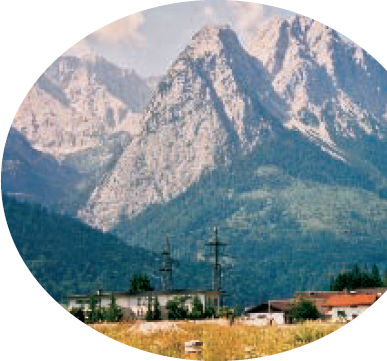Chapter 6. Making Color Look Natural
In This Chapter
Seeing reds, greens, and in-betweens
Sailing with the Photoshop color correction armada
Fixing flesh tones
In the end (and the middle and the beginning), your image in Photoshop is nothing but little squares of color. Each square — each pixel — can be exactly one color. Which color for which square is up to you. I'll say it again: There is no car or circle or tree or Uncle Bob in your Photoshop image — just a bunch of little squares of color.
In this chapter, I explain how those squares of color are formulated, how Photoshop works with those formulations, and — most important — how you can manipulate the colors of those squares. Toward the end of the chapter, you read about one of the biggest color-related challenges in Photoshop: achieving accurate skin color.

What Is Color in Photoshop?
Photoshop works with digital images (including digital photos, images that have been digitized with a scanner, and artwork that you create from scratch in Photoshop). The digits are the computer code used to record the image's information. The number of pixels, the color of each pixel, and any associated information are all recorded in a series of zeros and ones on your hard drive. Color, therefore, is nothing more than numbers — at least as far as Photoshop is concerned. For you and me, however, color is far more than binary code on a hard drive. It's ...
Get Photoshop® CS4 For Dummies® now with the O’Reilly learning platform.
O’Reilly members experience books, live events, courses curated by job role, and more from O’Reilly and nearly 200 top publishers.

